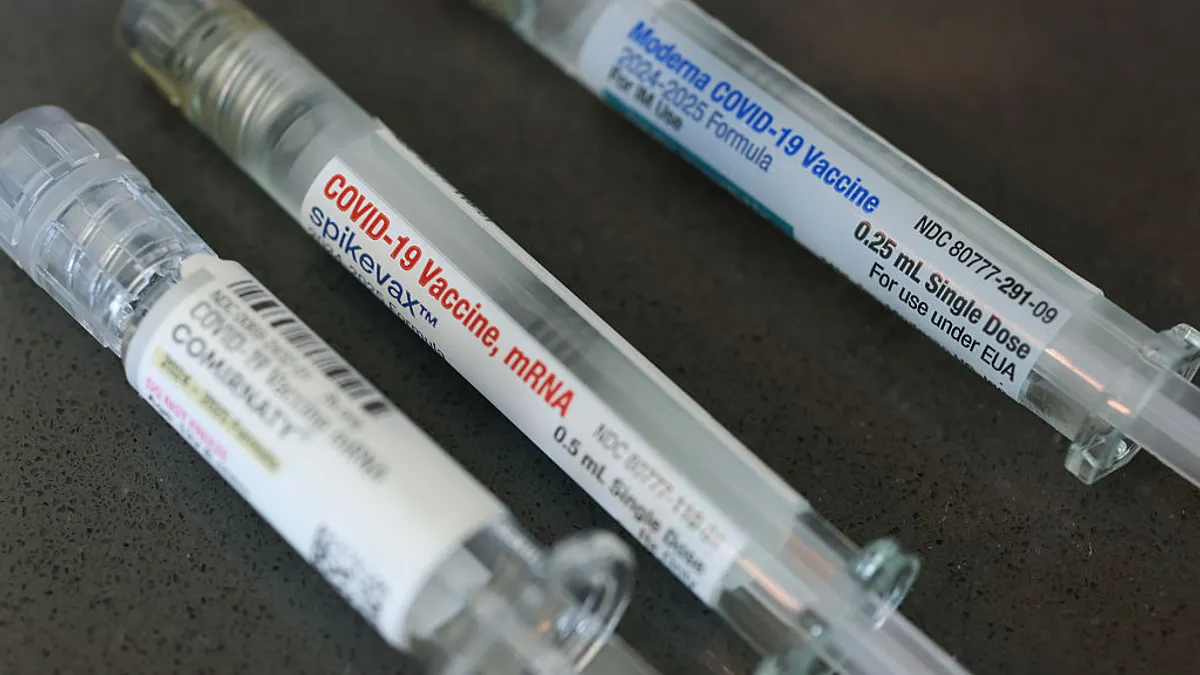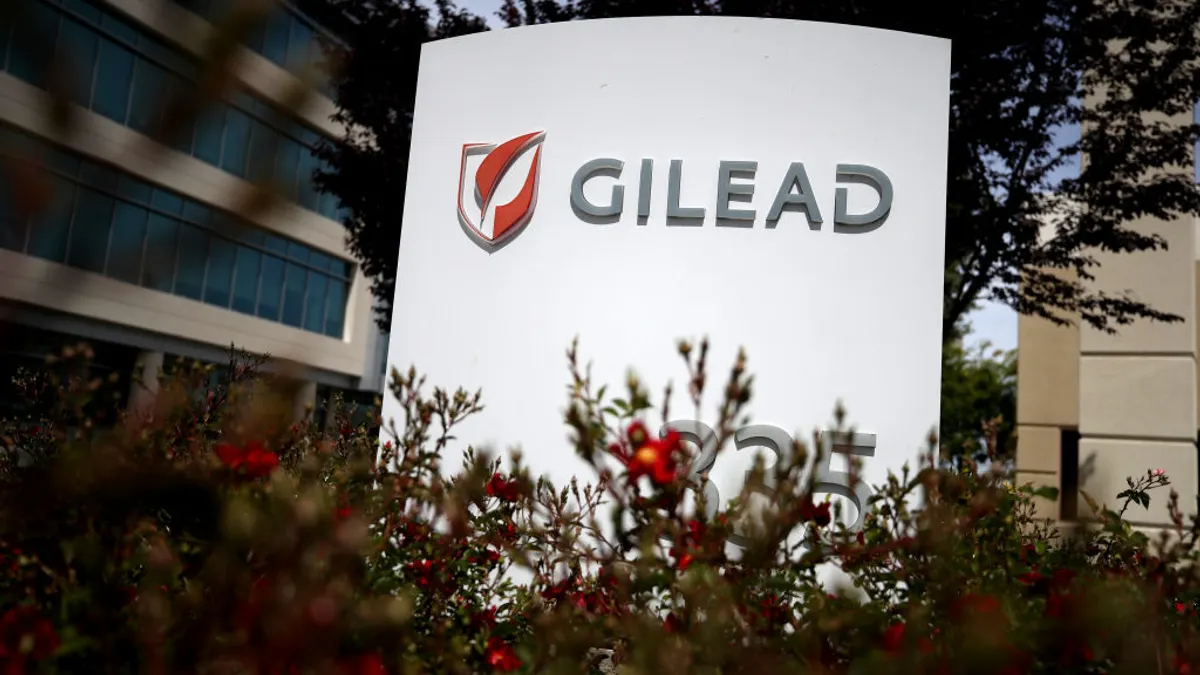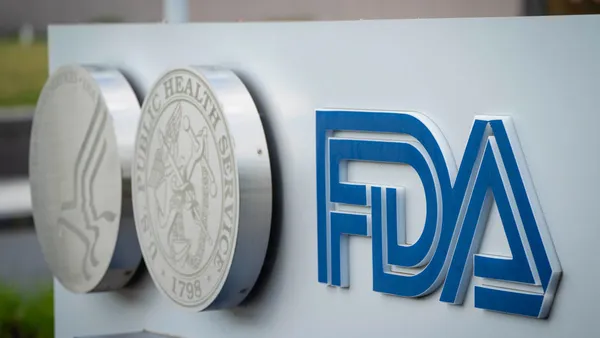The market outlook from the perspective of many biotech CEOs is grim.
When the investment environment stabilized following a post-pandemic crash, new headwinds began to pummel early-stage companies — and more pain is expected down the road, according to a recent survey by Incubate, an organization that represents venture capital firms.
The survey prompted executives to weigh in on how regulatory policies, including the Inflation Reduction Act, tariffs and government funding cuts, are impacting their companies, and the results from the roughly 50 respondents painted an overall negative view of the market.
Almost all — 92% — expressed concern that investors are moving out of biopharma for lower-risk industries amid policy changes and uncertainty. The rock-bottom level of confidence was no surprise to John Stanford, executive director at Incubate.
“When 9 in 10 CEOs say their investors seem more interested in other sectors, that’s a very honest reaction that fits with the anecdotes I’ve gotten from leaders,” he said.
“The small molecule companies feel like they’re not the cool kid in the class anymore even though their science is cool."

John Stanford
Executive director, Incubate
With its focus on educating lawmakers about the role of venture capital funding in biopharma innovation, Stanford has been particularly busy on Capitol Hill advocating to reverse certain aspects of the IRA — and has often been greeted with skepticism.
“The pharma industry is known for saying the sky is falling whenever there are new regulations,” Stanford explained.
After arguing in particular that investment is being stymied by the IRA’s “pill penalty” — which makes small molecule drugs eligible for Medicare price negotiations only nine years after approval compared to 13 for biologics — several lawmakers told him to “prove it.”
Incubate has since launched two surveys — one for CEOs and one for investors — to gather data regarding the impact of these regulations. The organization also created a Life Sciences Investment Tracker, which has recorded 51 R&D program cuts and 26 discontinued drugs — many of which Stanford said can be linked to the IRA’s impact.
Here’s more on what the CEO survey revealed.
IRA and tariff woes
While many Big Pharma CEOs downplayed the broad effect of the IRA’s Medicare price negotiations on earnings calls earlier this year, Stanford said he’s heard a different message from smaller companies — especially those fishing for investor interest in small molecule drugs.
“One CEO from [what’s] very visibly a small molecule company told me they’re not landing meetings with investors like they used to. And [one investor] told them they should reformulate [their asset] as a biologic,” Stanford said.
About two-thirds of respondents to Incubate’s survey said the pill penalty has “already chilled capital formation for small molecule research and development.”
“The small molecule companies feel like they’re not the cool kid in the class anymore even though their science is cool,” Stanford said.
There is, however, momentum to change the rule. The House and Senate have introduced bills that would equalize the eligibility period for small molecule and biologic drugs, and Stanford is optimistic the shift could be implemented as a part of Republicans’ reconciliation package this year.
“For the purposes of reconciliation, it’s about figuring out how to make this work so it’s neutral to the budget, and I think we’re in a good place for that,” he said.
But other Trump-era policies are also dampening CEOs’ market confidence. International tariffs are posing a significant threat to securing future funding, according to 88% of the survey’s respondents. Sixty-four percent cited “weakened intellectual property rights” as another hurdle for investments.
Given the current environment, 78% said investors could ditch the U.S. altogether and move financing overseas.
Massive government cuts
New details about the Trump administration’s quest to significantly reduce the size of healthcare agencies were revealed this week. A proposed budget outlined plans to shrink HHS from 28 divisions to 15 while slashing more than 5,000 healthcare program contracts. The NIH, the country’s largest funder of medical R&D, would be hit particularly hard, with a new budget of $95 billion next year — down from $127 billion in 2025.
This dramatic downsizing at healthcare agencies is poised to have a ripple effect for biotech, and 78% of leaders expressed concern that the “job cuts and personnel changes” will negatively impact their company’s “ability to complete clinical trial objectives,” according to Incubate’s survey.
The sudden drop in R&D funding from the NIH, which has now terminated over 2,000 grants valued at over $9 billion according to a tracker run by two scientists, is also raising concerns for biotech execs.
Although the funding cuts are not directly aimed at biotech, the sector’s close ties to academia have tangled them into the same scientific ecosystem. And 93% of biotech leaders said the reduction in funding for “basic research” would “lead to worse outcomes for their company.”
With the NIH spigot closing, critical questions remain over how the growing funding gaps will be filled.
“It’s an enormous question and one we’re wrestling with,” Stanford said. “We had a very efficient system in terms of capital allocation and the relay race in funding.”
Now, the excitement over innovations on the horizon, such as cancer vaccines, CRISPR breakthroughs and more, is being hampered by pessimism about capital markets and U.S. biotech competitiveness.
“That tension is going to play out dramatically over the next few years,” Stanford said.




















